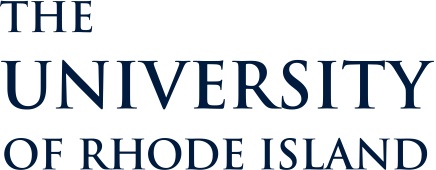Newswise — KINGSTON, R.I., Aug. 28, 2018 —Scientists with a NASA-led expedition are operating from the Inner Space Center at the University of Rhode Island’s Graduate School of Oceanography as colleagues explore the deep Pacific Ocean to prepare to search for life in deep space.
The SUBSEA(Systematic Underwater Biogeochemical Science and Exploration Analog) research program is a partnership among NASA’s Ames Research Center in Silicon Valley, the National Oceanic and Atmospheric Administration’s Office of Ocean Exploration and Research, Woods Hole Oceanographic Institution, the Ocean Exploration Trust and various academic centers that blend ocean and space research to better understand if the watery worlds found on moons and planets in our solar system offer conditions that could support microbial life.
The researchers’ Aug. 23 departure from Hawaii was delayed for three days after Hurricane Lane struck the islands. The mission wraps up Sept. 12.
SUBSEA scientists will study an underwater volcano on Earth, which has similar characteristics to ocean environments in space. Aboard the Ocean Exploration Trust’s E/V Nautilusthe SUBSEA team will use remotely operated vehicles (ROV) to explore Lō’ihi Seamount, an underwater volcano off the southeastern coast of the Big Island of Hawai`i. ROVs Herculesand Arguswill dive in tandem, collect high definition video footage, and collect from the sea floor. The type of hydrothermal venting at the Lō`ihi Seamount is a good representation of conditions scientists believe exist on certain moons in the outer solar system.
A shore-based team located at the Inner Space Centerwill test models of the telepresence operation on board Nautilus. “The most important role of the Inner Space Center for the SUBSEA project is to help NASA learn how to use telepresence for ocean exploration as an analog to how they may use it for space exploration,” said Dwight Coleman, director of the Inner Space Center. “Understanding the way we make telepresence effective in this phase of the project is important to compare to how it will be used next year when NASA simulates a high delay in voice, video and data transmissions and communications.”
The public will be able to watch exploration of the seafloor via 24/7 live stream at www.nautiluslive.org, with remotely operated vehicle (ROV) dives occurring between 8 a.m. and 8 p.m. Eastern time (weather dependent).
A human-robotic voyage to the moon or Mars might parallel SUBSEA’s mission architecture using robotic explorers controlled by humans nearby as directed by a remote team of scientists. Using the Inner Space Center’s cutting edge technology — including telepresence — for ocean research, exploration and education, the SUBSEA team will be able to test, evaluate and improve the necessary processes and technology tools needed for deep space exploration.
Ultimately, the results of SUBSEA’s research will inform strategies for conducting science via tele-operations at destinations in space as well as scientists’ understanding of a wider range of deep-sea environments for conducting ocean research.
“The Inner Space Center is the world leader in supporting telepresence-based ocean exploration missions, so we’re excited to serve as a base of operations for this groundbreaking project,” said Coleman.
The SUBSEA Lōʻihi Seamount Expedition aboard Exploration Vessel Nautilusis funded by NOAA’s Office of Ocean Exploration and Research and the NASA PSTAR program, and is a collaboration among Ocean Exploration Trust, NASA Ames Research Center in Silicon Valley, and NOAA’s Office of Ocean Exploration and Research to foster collaboration between ocean and space exploration teams.
